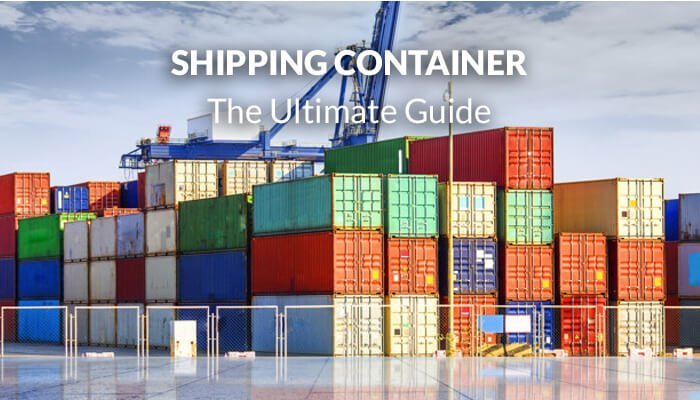
The Ultimate Guide to Shipping Containers
In global trade and logistics, shipping containers are indispensable, acting as the backbone for transporting goods across continents and oceans with efficiency and security. This guide delves into the world of shipping containers, unraveling their significance, variety, uses, and much more. Let’s journey to understand these steel marvels that have reshaped global commerce.
What Are Shipping Containers?
Shipping containers are large steel boxes designed for transporting goods. Their robust structure allows them to be easily moved across different transportation modes—by ship, rail, and truck—without the need to unload and reload the cargo they carry. This interchangeability and ease of transport have made them a cornerstone in the logistics and shipping industry.
Standard Sizes and Types
The most common shipping container sizes are 20 feet and 40 feet long, respectively, TEU (Twenty-foot Equivalent Unit) and FEU (Forty-foot Equivalent Unit). These standardized sizes ensure compatibility across global shipping facilities and equipment, facilitating seamless international trade.
Beyond the standard dry storage containers, there are several specialized types designed for different cargo needs, including:
- Refrigerated Containers: Equipped with refrigeration units to transport perishable goods.
- Open Top Containers: Ideal for cargo too tall for standard containers.
- Flat Rack Containers: These have collapsible sides for effortless loading of heavy machinery.
- Tank Containers: For liquids and gases.
Applications Beyond Shipping
The versatility of shipping containers extends beyond their primary use. With sustainability and innovation at the forefront, repurposing shipping containers for architectural and storage purposes has gained popularity. These steel boxes are being transformed into homes, offices, shops, and even pop-up cafes, showcasing their adaptability and potential for reuse.
Advantages of Using Shipping Containers
- Durability: Made to withstand harsh sea conditions, shipping containers are incredibly durable and secure.
- Standardization: Their standardized dimensions make them easy to transport and stack, optimizing space and reducing shipping costs.
- Flexibility: The variety of container types and sizes allows for transporting a wide range of goods.
- Sustainability: Repurposing containers for architectural purposes reduces the demand for new construction materials and minimizes waste.
Conclusion
Shipping containers are more than just boxes for transporting goods; they are a testament to human ingenuity in facilitating global trade. Their standardization, durability, and versatility have made them an essential component of the logistics industry and a symbol of sustainable architectural practices. Whether moving cargo across oceans or being repurposed into a cozy home, shipping containers continue to prove their worth in many ways, making them truly the ultimate guide to efficiency, sustainability, and innovation in the modern world.



